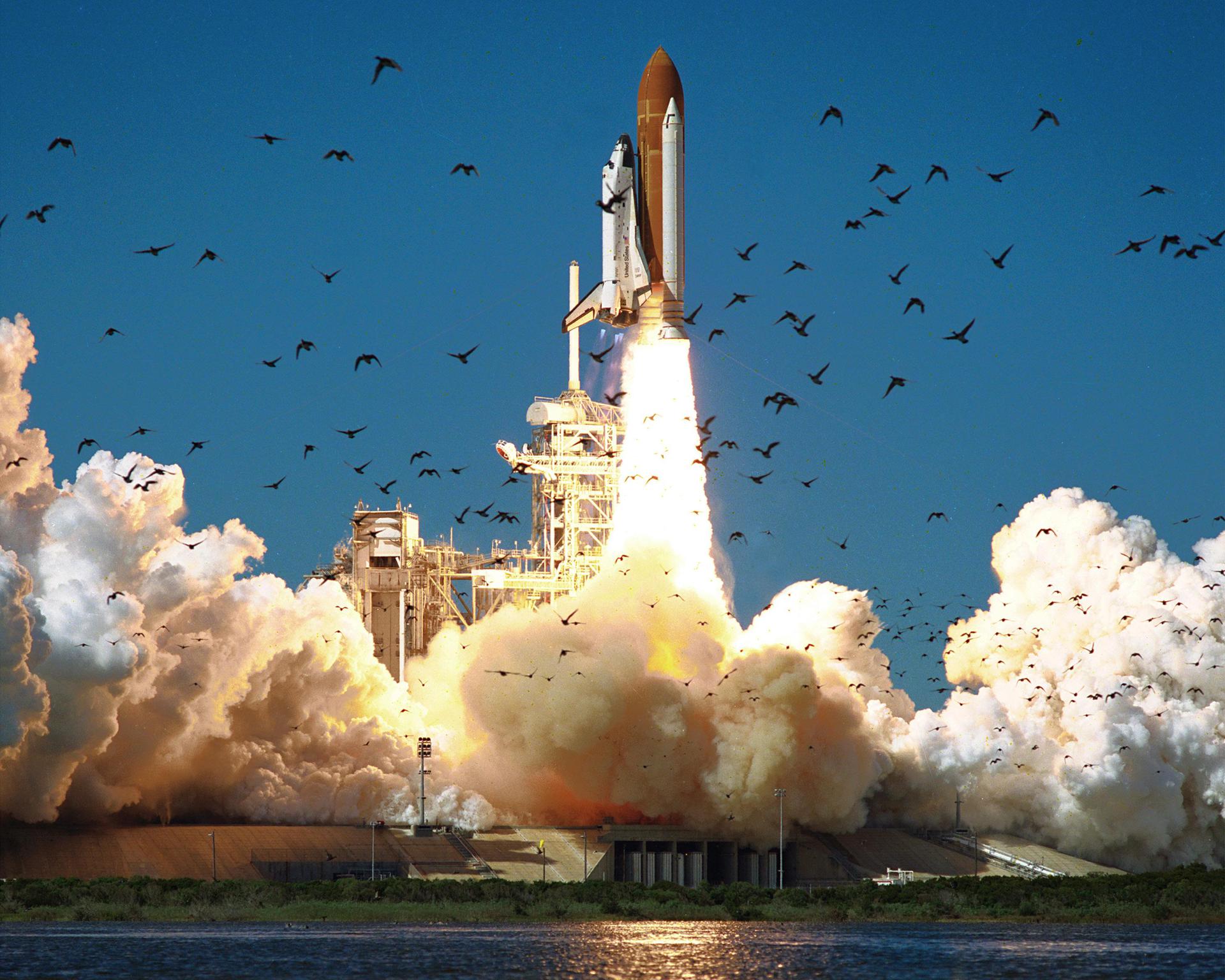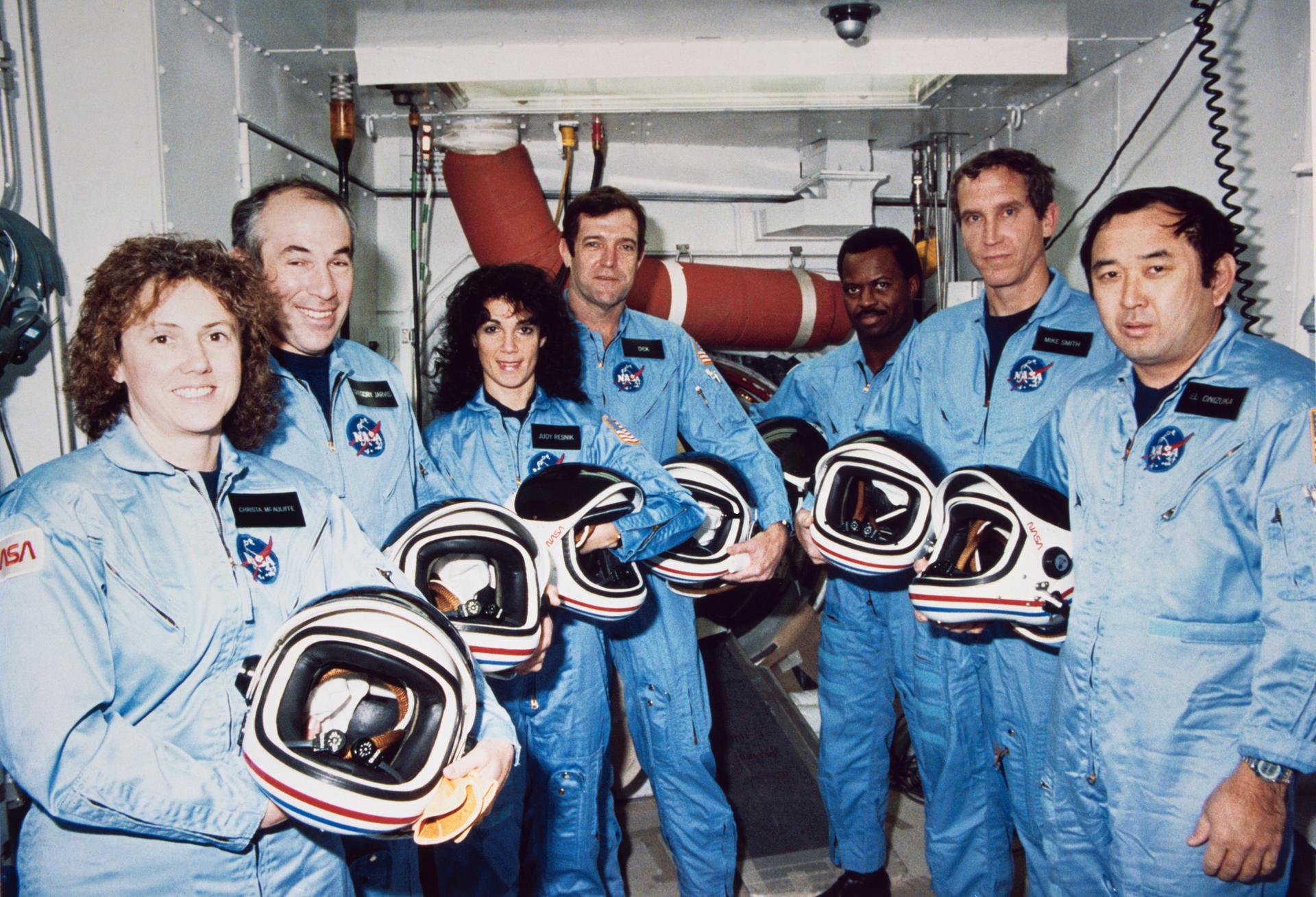NASA leaders recently viewed footage of an underwater dive off the East coast of Florida, and they confirm it depicts an artifact from the space shuttle Challenger.
The artifact was discovered by a TV documentary crew seeking the wreckage of a World War II-era aircraft. Divers noticed a large humanmade object covered partially by sand on the seafloor. The proximity to the Florida Space Coast, along with the item’s modern construction and presence of 8-inch square tiles, led the documentary team to contact NASA.
“While it has been nearly 37 years since seven daring and brave explorers lost their lives aboard Challenger, this tragedy will forever be seared in the collective memory of our country. For millions around the globe, myself included, Jan. 28, 1986, still feels like yesterday,” said NASA Administrator Bill Nelson. “This discovery gives us an opportunity to pause once again, to uplift the legacies of the seven pioneers we lost, and to reflect on how this tragedy changed us. At NASA, the core value of safety is – and must forever remain – our top priority, especially as our missions explore more of the cosmos than ever before.”
The last Challenger mission, dubbed STS-51L, was commanded by Francis R. “Dick” Scobee and piloted by Michael J. Smith. The other crew members on board were mission specialists Ronald E. McNair; Ellison S. Onizuka, and Judith A. Resnik; payload specialist Gregory B. Jarvis; and teacher S. Christa McAuliffe.
A major malfunction 73 seconds after liftoff resulted in the loss of Challenger and the seven astronauts aboard. An agency investigation later showed unexpectedly cold temperatures affected the integrity of O-ring seals in the solid rocket booster segment joints.
The launch was scheduled as the agency’s 25th shuttle mission. While the spacecraft waited overnight on Launch Pad 39B at NASA’s Kennedy Space Center in Florida, a cold front brought freezing temperatures, causing ice to form on the shuttle. Despite concerns raised by some shuttle program employees, managers cleared the mission for launch, with liftoff occurring at 11:38 a.m. Eastern time.
The loss of Challenger, and later Columbia with its seven astronauts – which broke up on reentry in February 2003 over the western United States – greatly influenced NASA’s culture regarding safety. NASA created an Office of Safety and Mission Assurance, developed new risk assessment procedures, and established an environment in which everyone can raise safety concerns. The agency also created the Apollo Challenger Columbia Lessons Learned Program to share these lessons within the agency and with other government, public, commercial, and international audiences.
“Challenger and her crew live on in the hearts and memories of both NASA and the nation,” said Kennedy Space Center Director Janet Petro. “Today, as we turn our sights again toward the Moon and Mars, we see that the same love of exploration that drove the Challenger crew is still inspiring the astronauts of today’s Artemis Generation, calling them to build on the legacy of knowledge and discovery for the benefit of all humanity.”
The History Channel documentary depicting the discovery of the Challenger artifact is scheduled to air Tuesday, Nov. 22. Although the episode will appear as part of a series about the Bermuda Triangle, the artifact was found in waters off Florida’s Space Coast, well northwest of the area popularly known as the Bermuda Triangle.
NASA currently is considering what additional actions it may take regarding the artifact that will properly honor the legacy of Challenger’s fallen astronauts and the families who loved them.
By law, all space shuttle artifacts are the property of the U.S. government. Members of the public who believe they have encountered any space shuttle artifacts should contact NASA at ksc-public-inquiries@mail.nasa.gov to arrange for return of the items.




























